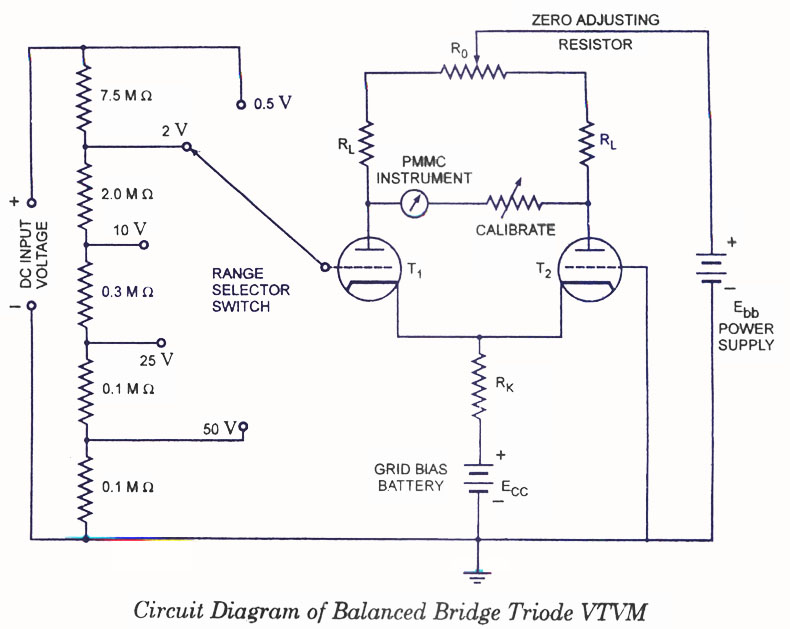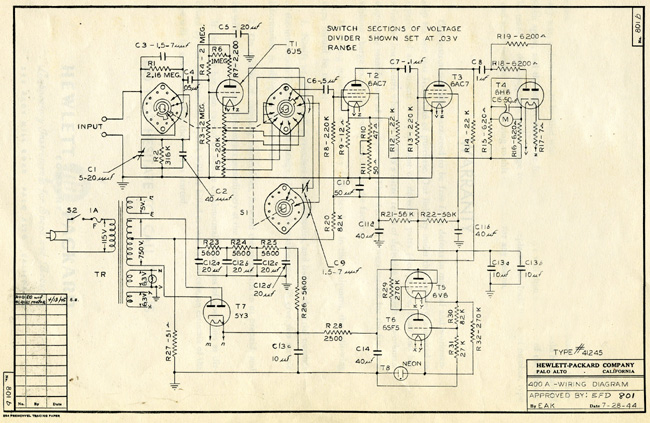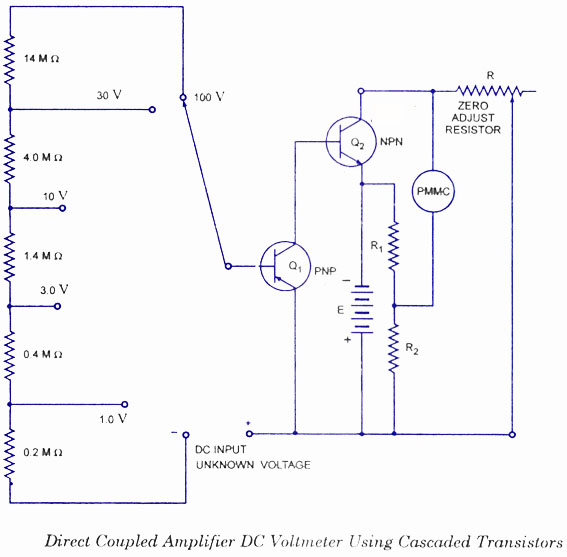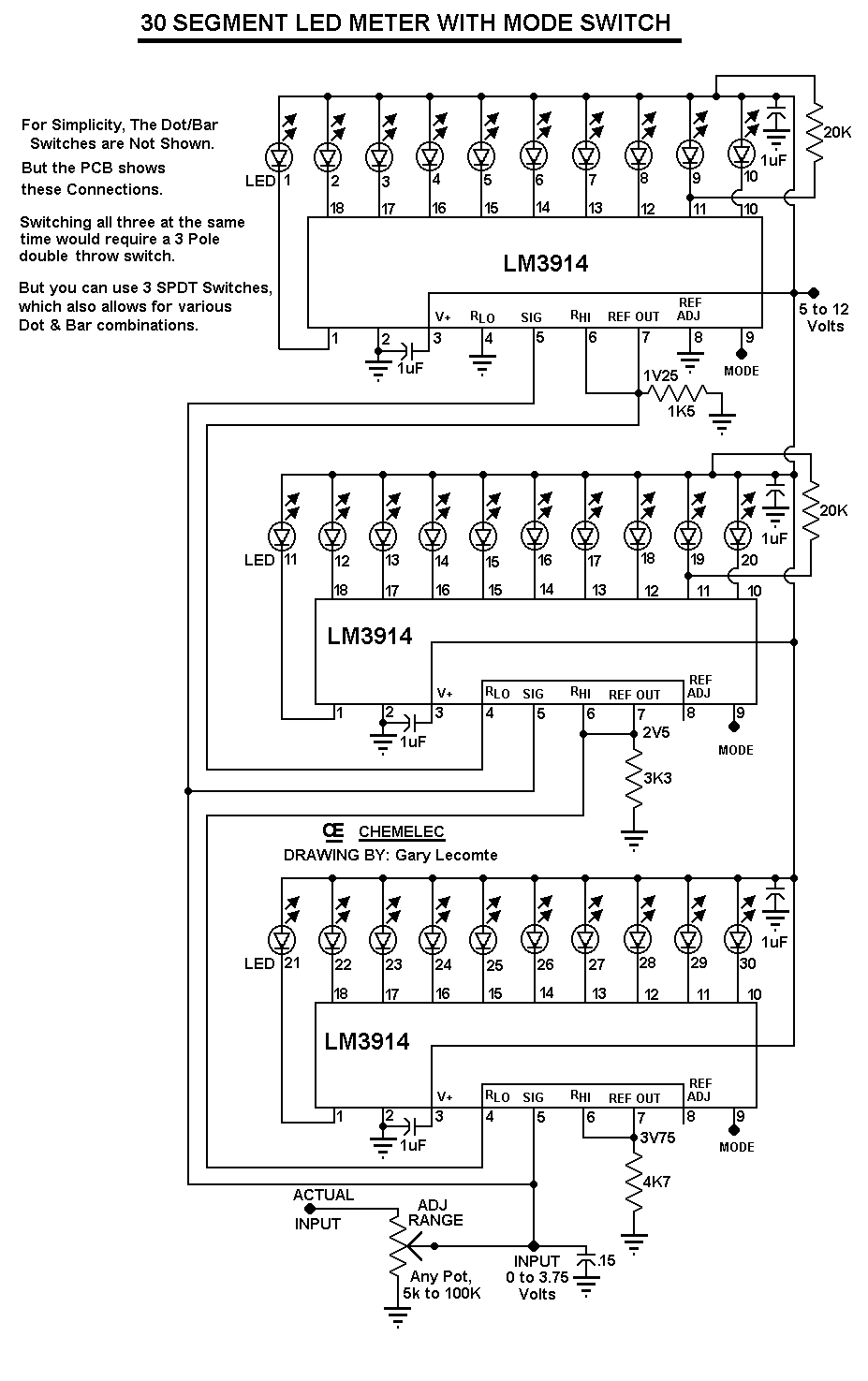
Vacuum-Tube Voltmeters
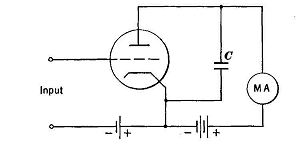
Vacuum-tube or electronic voltmeters utilize the unique characteristics of electron tubes and are available in various types. They can measure direct, RMS, average, or peak voltages. Among the many types, the simplest and most commonly used for measuring RMS values of alternating voltages will be described here. The primary advantages of electronic voltmeters include high input impedance, wide frequency range, and sensitivity. Due to their high impedance, they do not divert enough current to disturb the circuit to which they are connected. A simplified diagram of one type of electronic voltmeter is shown, which employs a simple evacuated triode as a detector. The milliammeter in the plate circuit is calibrated in terms of RMS volts applied to the grid. This type of voltmeter is also available with a built-in rectifier and filter, allowing it to be connected to a standard 120-volt, 60-cycle supply.
Electronic voltmeters are essential instruments in the field of electronics, leveraging the properties of vacuum tubes to provide accurate voltage measurements across a range of applications. The design of a typical electronic voltmeter incorporates a triode vacuum tube, which functions as a sensitive detector of voltage levels. The triode's operation relies on the control of electron flow between its electrodes, allowing it to respond accurately to varying input signals.
The high input impedance characteristic of electronic voltmeters is particularly beneficial in preventing loading effects on the circuits being measured. This feature ensures that the voltmeter can be connected to high-impedance circuits without significantly altering their operation, thus maintaining the integrity of the measurements. The wide frequency range capability allows these voltmeters to accurately measure voltages in both low and high-frequency applications, making them versatile tools in various electronic setups.
In the schematic of the electronic voltmeter, the evacuated triode serves as the core component, with its anode connected to a milliammeter that provides a visual output of the voltage levels. The milliammeter is calibrated to display RMS voltage values based on the current flowing through the plate circuit. Additionally, some electronic voltmeters are equipped with integrated rectifiers and filters, which enable them to convert AC voltages into a steady DC output. This feature is particularly useful for measuring standard AC supplies, such as the common 120-volt, 60-cycle electrical systems found in residential and commercial environments.
Overall, the design and functionality of electronic voltmeters make them indispensable in both laboratory and field applications, where precise voltage measurements are required for troubleshooting, testing, and system design.Vacuum-tube or electronic voltmeters make use of some of the unique characteristics of electron tubes, and so are available in many types. They are available for measuring direct, rms, average or peak voltages. Of the many types available, only the simplest and possibly the most commonly used type for measuring rms values of alternating voltages will be described here.
The chief advantages of the electronic voltmeter are its high input impedance, wide frequency range, and sensitivity. Because of its high impedance it does not divert enough current to disturb the circuit to which it is connected.
Fig. 28-28 shows a simplified diagram of one type of electronic voltmeter. It uses a simple evacuated triode as a detector, as described in Chapter 27. The milliammeter in the plate circuit is calibrated in terms of rms volts applied to the grid. This type of voltmeter is available with a built-in rectifier and filter, so that it may be connected to a standard 120-volt, 60-cycle supply. 🔗 External reference
Electronic voltmeters are essential instruments in the field of electronics, leveraging the properties of vacuum tubes to provide accurate voltage measurements across a range of applications. The design of a typical electronic voltmeter incorporates a triode vacuum tube, which functions as a sensitive detector of voltage levels. The triode's operation relies on the control of electron flow between its electrodes, allowing it to respond accurately to varying input signals.
The high input impedance characteristic of electronic voltmeters is particularly beneficial in preventing loading effects on the circuits being measured. This feature ensures that the voltmeter can be connected to high-impedance circuits without significantly altering their operation, thus maintaining the integrity of the measurements. The wide frequency range capability allows these voltmeters to accurately measure voltages in both low and high-frequency applications, making them versatile tools in various electronic setups.
In the schematic of the electronic voltmeter, the evacuated triode serves as the core component, with its anode connected to a milliammeter that provides a visual output of the voltage levels. The milliammeter is calibrated to display RMS voltage values based on the current flowing through the plate circuit. Additionally, some electronic voltmeters are equipped with integrated rectifiers and filters, which enable them to convert AC voltages into a steady DC output. This feature is particularly useful for measuring standard AC supplies, such as the common 120-volt, 60-cycle electrical systems found in residential and commercial environments.
Overall, the design and functionality of electronic voltmeters make them indispensable in both laboratory and field applications, where precise voltage measurements are required for troubleshooting, testing, and system design.Vacuum-tube or electronic voltmeters make use of some of the unique characteristics of electron tubes, and so are available in many types. They are available for measuring direct, rms, average or peak voltages. Of the many types available, only the simplest and possibly the most commonly used type for measuring rms values of alternating voltages will be described here.
The chief advantages of the electronic voltmeter are its high input impedance, wide frequency range, and sensitivity. Because of its high impedance it does not divert enough current to disturb the circuit to which it is connected.
Fig. 28-28 shows a simplified diagram of one type of electronic voltmeter. It uses a simple evacuated triode as a detector, as described in Chapter 27. The milliammeter in the plate circuit is calibrated in terms of rms volts applied to the grid. This type of voltmeter is available with a built-in rectifier and filter, so that it may be connected to a standard 120-volt, 60-cycle supply. 🔗 External reference
